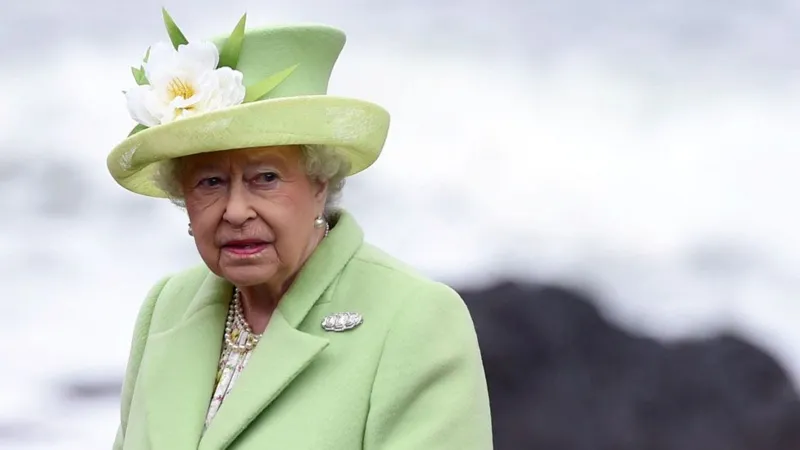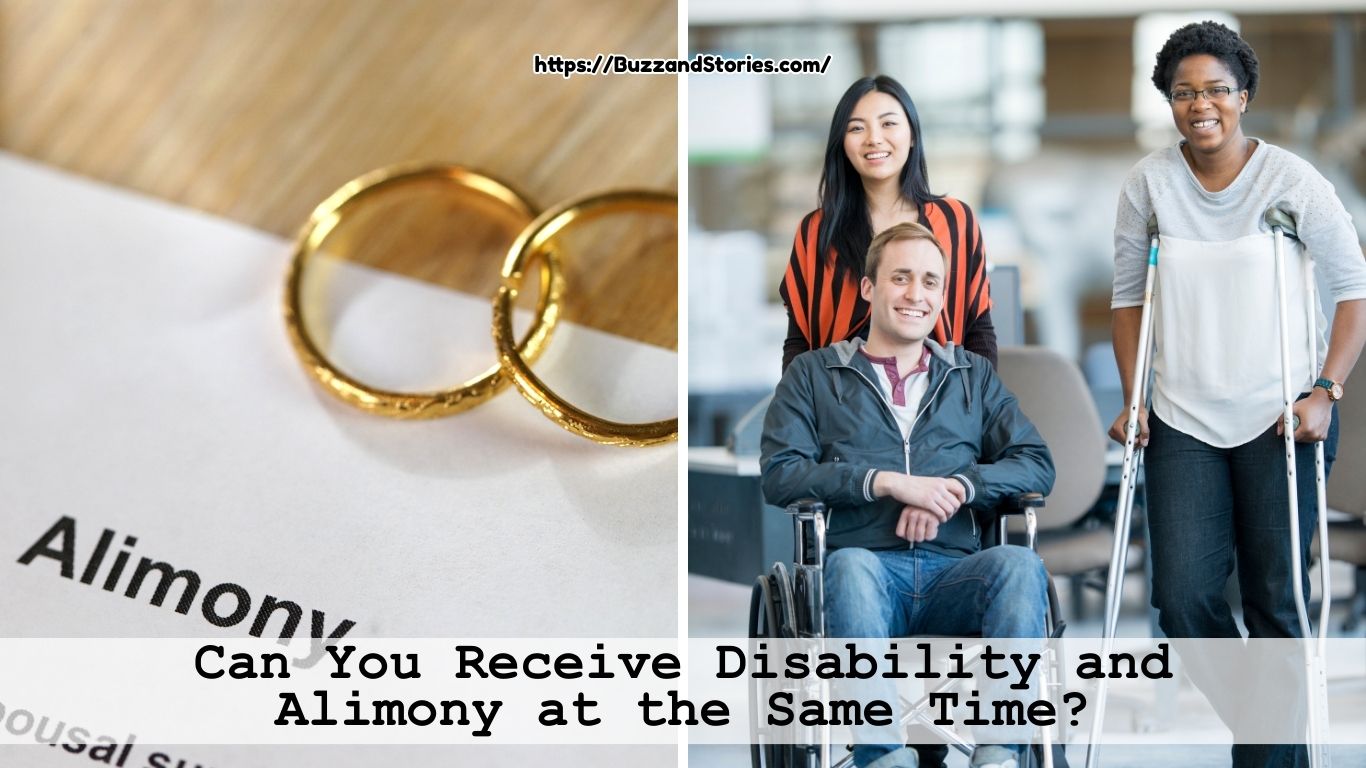Recently unearthed state papers have shed light on Queen Elizabeth II’s views regarding the divisive issue of Orange marches, which have long been a source of tension in parts of the United Kingdom, particularly Northern Ireland. These documents suggest that the late monarch held a dim view of such parades, which are often organized by the Orange Order to commemorate Protestant victories, notably the 1690 Battle of the Boyne. These events, though cherished by supporters as celebrations of heritage, have frequently sparked controversy and fueled sectarian tensions.
The revelations come from previously classified communications and records now available to the public under government transparency laws. According to these documents, the Queen, renowned for her steadfast commitment to neutrality in political matters, was privately concerned about the divisive nature of these parades. While her public demeanor always reflected an unwavering dedication to unity and reconciliation, these insights into her private opinions paint a more nuanced picture of her personal concerns about maintaining harmony in her realm.
The Orange marches, organized by the Protestant fraternal organization known as the Orange Order, are marked by parades through towns and cities, often featuring bands and regalia. However, the routes frequently pass through predominantly Catholic areas, resulting in heightened community tensions and, at times, violent clashes. The Queen, as the constitutional head of state, was acutely aware of her role in fostering peace and stability, particularly during the tumultuous years of The Troubles in Northern Ireland.
Although the papers do not detail direct interventions by the monarch, they reveal her apprehension about the impact these marches had on community relations. Sources close to the palace reportedly indicated that she valued initiatives aimed at bridging divides between Protestant and Catholic communities and viewed the continuation of such polarizing traditions as a potential obstacle to peace efforts.
Her views are consistent with the broader approach the Royal Family has taken toward reconciliation in Northern Ireland. Notably, the Queen herself played a pivotal role in symbolizing healing during her historic visit to the Republic of Ireland in 2011 and through her warm relationship with the late Martin McGuinness, a former IRA commander turned statesman. Such gestures demonstrated her genuine commitment to peacebuilding across the British Isles.
The disclosure of her sentiments toward the Orange marches adds another layer of understanding to the Queen’s long reign, characterized by a careful balancing act of upholding tradition while advocating for progress. While it is clear that she did not publicly condemn or endorse the marches, the documents indicate that she harbored reservations about their divisive implications.
The release of these state papers offers a rare glimpse into the private thoughts of a monarch who maintained an extraordinary level of discretion throughout her reign. This revelation highlights the complexities of her role as a symbol of unity in a country with a deeply intertwined and often fraught history. It also underscores her commitment to fostering an environment where all communities could coexist peacefully, despite the enduring challenges posed by historical divisions.
As the world continues to reflect on Queen Elizabeth II’s unparalleled reign, these insights serve as a reminder of the subtle yet significant influence she wielded in steering her nation through decades of change, always with an eye toward the greater good of unity and reconciliation.




















